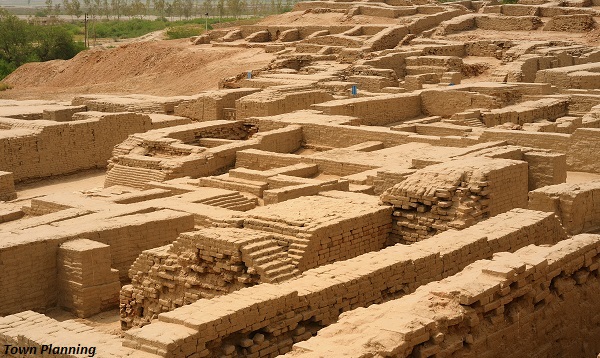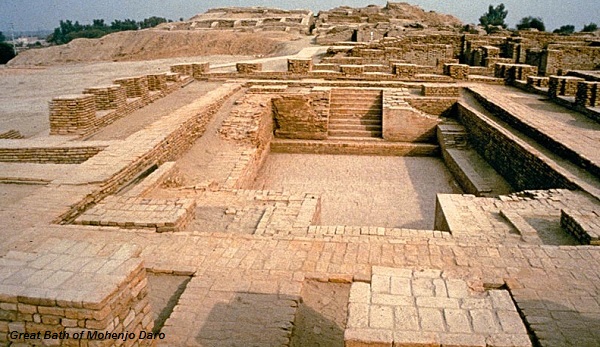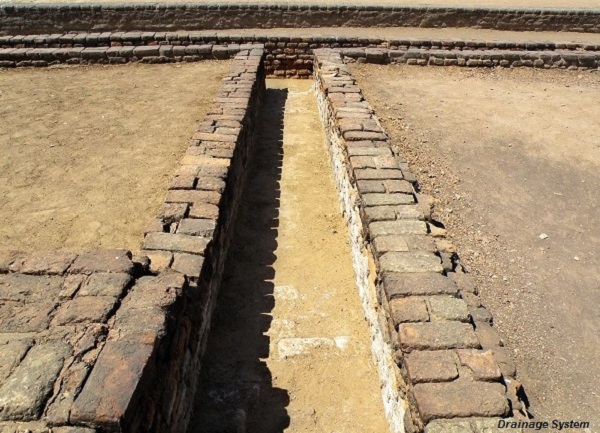
- Ancient Indian History - Home
- Study of Indian History
- Writing of Ancient Indian History
- Imperialist Historiography
- Historiography Nationalist Approach
- Marxist School of History
- Sources of Ancient Indian History
- Archaeological Sources
- Geographical Background
- Geography in Ancient Literature
- Stone Age Cultures
- Mesolithic Culture
- The Neolithic Age
- Chalcolithic Period of India
- Chalcolithic Culture In India
- Harappan Civilization
- Harappan Town Planning
- Harappan Crafts & Industries
- Harappan Culture
- Harappan Religion
- Harappan Chronology
- Vedic Civilization
- Vedic Society
- Vedic Politics
- Vedic Religion & Philosophy
- The Aryan Invasion
- Later Vedic Age
- Social System after Vedic Age
- Achievements of Indian Philosophy
- Evolution of Jainism
- Evolution of Buddhism
- Alexander’s Campaign in India
- Maurya Dynasty
- Kalinga War & its Impact
- Society & Economy during Mauryas
- Mauryan Governance
- Early History of South India
- Age of Smaller Dynasties
- Literature of Satavahana Period
- Society of Satavahana Period
- Economy of Satavahana Period
- Technology of Satavahana Period
- Chola Dynasty
- Pandya Dynasty
- Chera Dynasty
- Period of Foreign Invaders
- Gupta Period
- Decline of Guptas
- Governance of Gupta Period
- Literature of Gupta Period
- Economy in Gupta Period
- Science & Tech of Gupta Period
- India after the Gupta Period
- Period of Harsha
- South India during the Harsha Period
- Kadamba Dynasty
- History of Kamarupa
- India after Harsha
- Gurjara Pratiharas
- Palas of Bengal
- Rashtrakutas of Deccan
- Literature after the Harsha Period
- Society after the Harsha Period
- Economy after the Harsha Period
- Religion after the Harsha Period
- References & Disclaimer
Harappan Town Planning
The orientation of streets and buildings, according to the cardinal directions east-west, and north-south was the distinguishing factor of the Indus-Saraswati cities.

Harappan city sites, including Mohenjo Daro, Harappa, Kalibangan, and Surkotada were having large gateways at various entry points of the city. These gateways are seen even in the inner fortification areas also.
At Dholavira, a fallen signboard was found close to the main gateway. It is a large inscription having ten symbols each measuring approximately 37 cm high and 25 to 27 cm wide proclaimed some name or title.
Materials Used in Buildings
Most settlements were situated in the alluvial plains where the most common building materials were mud-bricks and kiln-fired-bricks, wood and reeds.
In the foothills and on the Islands of Kutch and in Saurashtra, dressed stone replaced bricks (due to an abundance of stone).
The sizes of bricks have been found identical proportions 1:2:4, that the width is double the thickness and the length four times, the thickness.
Doors and windows were made up of wood and mats.
Floors of houses were generally hard-packed earth that was often plastered.
Drains and bathing areas were made with baked bricks or stone.
Roofs were probably made of wooden beams covered with reeds and packed clay.
Types of Buildings
Excavations have uncovered many types of houses and public buildings at both large and small settlements.
-
The architecture may be grouped into three categories with some variations as −
Private houses,
Large houses surrounded by smaller units, and
Large public structures.
Doorways and windows rarely opened out into the main street, but faced side lanes.
The view into the house was blocked by a wall or a room around the front door. This was done to protect the activities in the central courtyard from the view of passers-by.
The doors were made with wooden frames and a brick socket set in the threshold served as door pivot.
Some of the doors seem to have been painted and possibly carved with simple ornamentation
The windows were small at first and second stories.
The adjacent houses were separated by a narrow space of "no man's land".
Public Buildings
Some large and distinct structures have been found in several cities designed especially for the public purpose.
Great Bath of Mohenjo Daro
The Great Bath of Mohenjo Daro is the most remarkable feature of any Harappan site.
The Great Bath was a brick structure, which measured 12 m by 7 m and is nearly 3 m deep from the surrounding pavement.
Water was evidently supplied by 3 large well placed in an adjacent room.
Surrounding the bath, there were porticos and sets of rooms, while a stairway led to an upper storey.
The bath was linked with some sort of ritual bathing, which was very common in Indian life right from the ancient times to till date.
Immediately to the west of the Great Bath (at Mohenjo Daro) was a group of 27 blocks of brickwork crisscrossed by narrow lanes. This structure measures 50 m. east-west and 27 m. north-south. These structures have been identified as granaries, which were used for storing grains. Similar structures have been also found at Harappa, Kalibangan, and Lothal.
The dockyard found at Lothal was another important structure. It was a large structure measuring 223 m. in length, 35 m. in width and 8 m. in depth, provided with an inlet channel (12.30 m. wide) in the eastern wall and a spillway.

The inlet channel was connected to a river. By its side, it was 240 m. long and 21.6 m wide wharf. This was a dockyard where ships and boats used to come for loading and unloading of trading goods.
Lothal was a major trading center of the Harappan civilization.
Streets and Drains
The most outstanding features of the Harappan civilization were the streets and side lanes equipped with drains system.

The streets cut each other on the right angles and the width of these streets was in a set ratio.
No encroachment on the streets was to be seen.
Even smaller towns and villages had impressive drainage systems. This indicates that people had a great civic sense of sanitation and care for health and hygiene.
Burnt bricks were used to make drains. Small drains connected with bathing platforms and latrines of private houses were joined with the medium sized drains in the side streets then these drains ran into larger sewers in the main streets which were covered with bricks or dressed stone blocks.